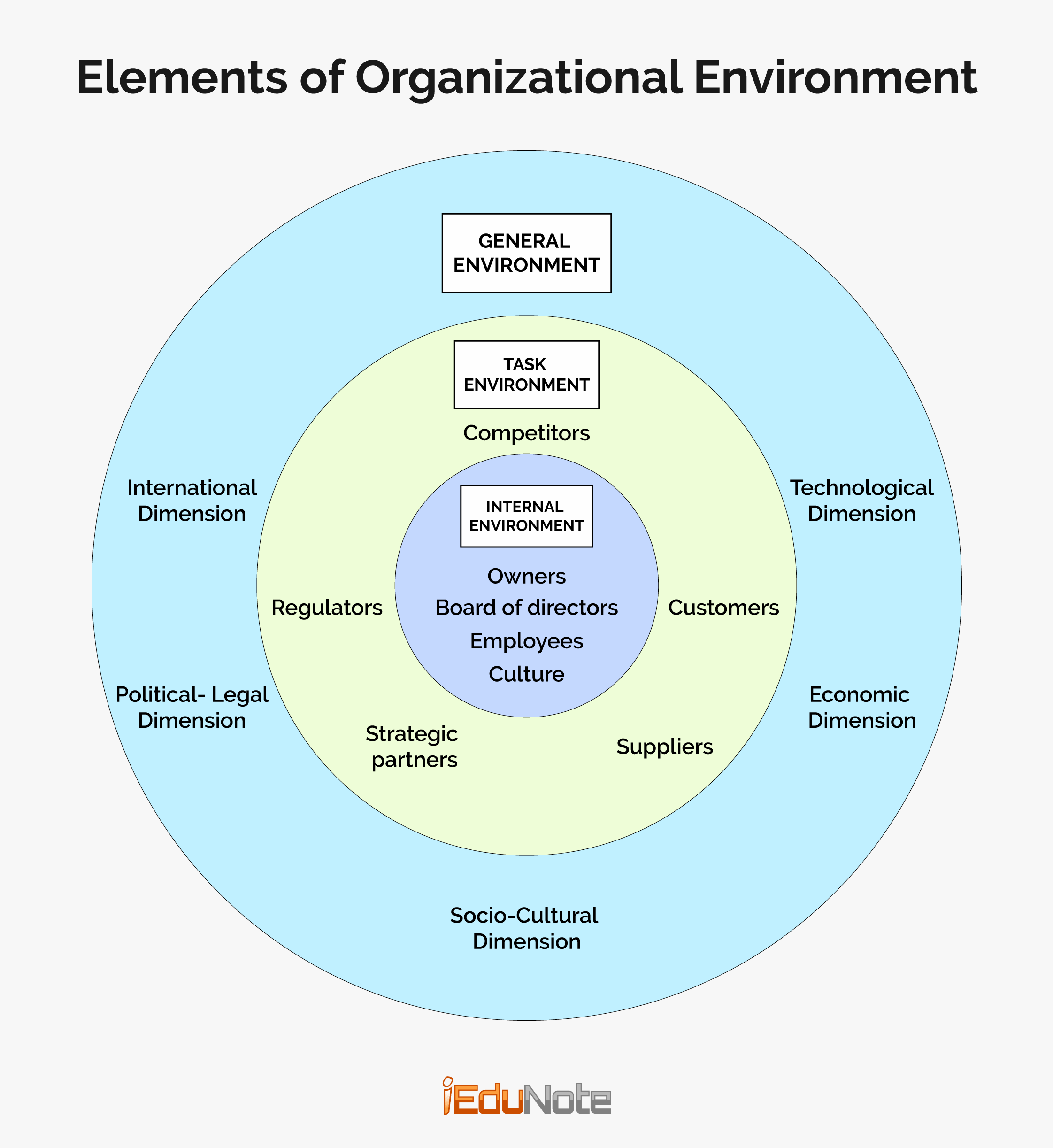A new venture strategy is also known as an ‘internal start-up.’ A new venture strategy encompasses diversifying into a new business by forming a new business unit.
The newly-created business unit operates its businesses under the corporate umbrella. Creating a new company warrants various activities on the part of the management of the company.
These include investment in new production facilities, scouting of suppliers, establishing links with the intermediaries in the distribution channel, developing a customer base, selecting and training employees for the new business, and so forth.
Everything for the company is done anew.
A company can adopt an internal startup (or internal new venture’ strategy under the following circumstances:
- When a company possesses a set of resources and capabilities (competencies) in its existing, The existing competencies can be recombined to enter a new business area. We can cite the example of IBM – the computer giant in the world. IBM produced only mainframe and mid-range computers until 1981. It recombined its competencies in 1981 to enter the PC business. To be successful in the PC business, it started utilizing its core resources and capabilities in computer, design, sales, and after-sales services.
- When a company wishes to create market opportunities in related areas, fay using its own (proprietary) technology. Evidence in developed countries indicates that new venturing is a choice for most science-based companies. American business stars such as 3M, Intel, and Du- Pont expanded their businesses with their internally generated innovations.
- When a company enters a newly emerging industry where no competitors with required competencies exist, pursuing a new venture strategy is the only option for a company that wants to enter into a new growing industry.
- When a company has adequate time at its disposal to develop a business from scratch, some companies prefer internal new venturing when time is not urgent for building up a new business.
- When internal new venturing costs are much less than the cost of acquisition.
- When a company has all or most of the skills needed to compete effectively in the market
- When a company needs not compete against powerful competitors in the market because of the existence of numerous small firms.

